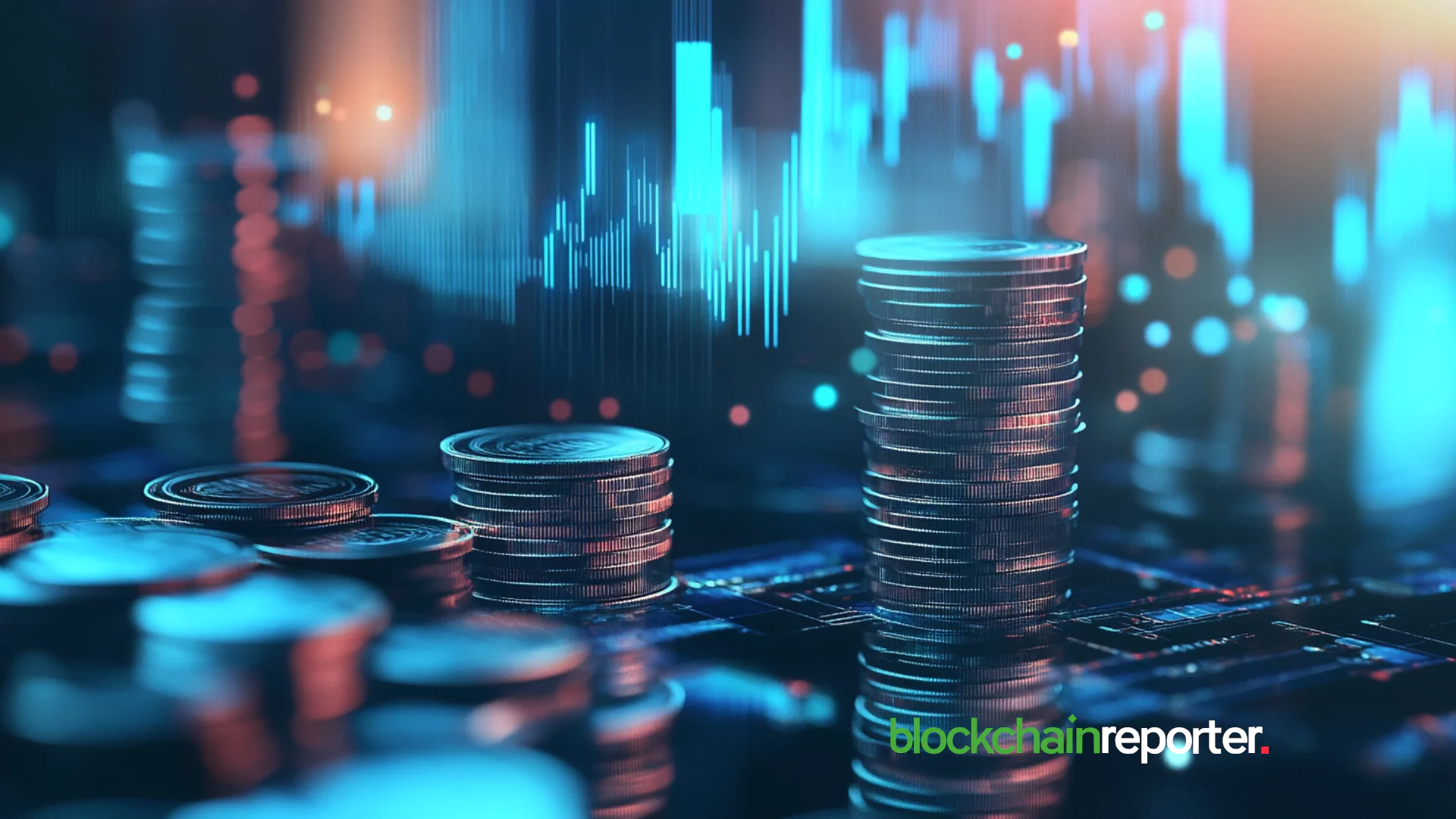
Perpetual futures contracts have become a significant instrument in the cryptocurrency market. They allow traders to engage in positions without an expiration date. This flexibility contrasts with traditional futures contracts, which are bound by set deadlines. A crucial aspect of these perpetual contracts is the concept of funding rates, which play a key role in ensuring that the prices of these contracts remain closely aligned with the underlying asset’s spot price. Understanding funding rates is essential for traders as they impact trading strategies, costs, and overall market dynamics.
What Is the Funding Rate?
Funding rates are a representation of periodic payments that are made between long (buyers) and short contracts (sellers) in an open-ended futures market. There two types of funding rates, either positive or negative depending on the perpetual contract and spot price of the asset.
When the price of a perpetual futures contract is different than the spot price, funding rate eliminates the need for traders to open positions in the opposite direction. For example, if the perpetual contract trading price grows higher than the spot price, longs pay shorts a fee to increase a short position and decrease price disparities.
In effect, if the funding rate is positive then the longs cost fund to be paid to the shorts. On the other hand, negative funding rate have an indication that the shorts are paying to the longs.
How Do Funding Rates Work in Cryptocurrency Trading
The funding rate is composed of two primary elements: the interest rate and the premium index.
Interest Rate
This component captures the cost of capital and is usually the borrowing rate differential between the base currency for a token, for instance, Bitcoin and the quote currency ordinarily, USD. Typically, this rate is low and does not seem to be changing much over time.
Premium Index
The premium index is obtained from the calculation of the distance between the perpetual contract price and the actual spot price of the respective asset. Above zero positive premium is an indication of a higher value of the perpetual contract price than the spot price, a manifestation of commanding buying demand. On the other hand, a negative premium indicates contract price below the company stock price per share, which is an indication of strong selling interest.
The equation for determining the funding rate also differs from one exchange to another; therefore, it’s essential for traders to understand how it works and the impact it has on their trading methods.
For example, Binance Futures currently uses the Fixed interest rate approach—the cost of carry model assumes that cash for equivalent assets gives a return higher than owning the cryptocurrencies. This interest rate stands at 0.03% daily where it is split into three funding payments of 0.01% each, and they occur after every 8 hours. On the trading interface, traders can quickly check the funding rate at the current time or until the next payment is due.
Moreover, funding rates constitute one of the key parameters of the perpetual futures market, as discussed prior. They keep the contract prices equal to the spot prices, promote participation in the markets, and reveal the average price direction in the markets.
How Can Funding Rates Impact Crypto Investments
Understanding funding rates is crucial for anyone engaging in the perpetual futures market. Here are some key implications for traders:
Cost of Holding Positions
Funding rates greatly impact the expense incurred to hold a position in the longer term. However, these costs should be well thought out when trading because they affect especially long-term positions. A high funding rate could significantly reduce potential profits or amplify losses.
Trading Strategies
This means that traders can come up with their funding rate strategies. For instance, while working with markets, foreign exchange arbitrage traders might succeed in exploiting the funding rate/s price spread. Other analysts may employ funding rates as pointers to differentiate between appropriate entry and exit times depending on market patterns.
Risk Management
There is a need for proper management of risks particularly that of funding rates. Such rates should be followed more often since trading requires hedging against such costs more often, particularly during volatile trending markets since funding rates fluctuate often.
Closing Thoughts
Funding rates remain an essential part of the cryptocurrency market, especially with regards to Perpetual Futures contracts. They provide the means for achieving exact price convergence between the contract prices and the spot prices, they help attract market players, and market participants obtain important market information from them. It helps a trader to get a clear picture of how funding rates work and how the knowledge of their functioning can improve traders’ operations. When focusing on the crypto market in the future, it will always be helpful for beginners as well as experienced traders to update their knowledge on funding rates.
Frequently Asked Questions
What are funding rates in crypto markets?
Funding rates are periodic payments exchanged between long and short traders in perpetual futures contracts to keep prices aligned with the spot market.
Why do funding rates exist?
They help ensure that the price of a perpetual contract stays close to the actual market price of the asset by incentivizing traders to balance positions.
How do funding rates affect traders?
Positive funding rates require long traders to pay short traders, while negative rates do the opposite, impacting strategy and potential profitability.








